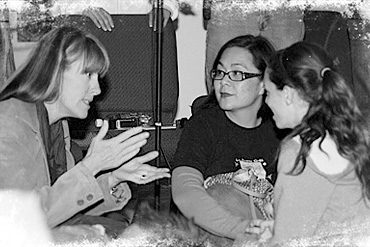Dave Brisbin 2.18.24
We’re still in the first days of Lent. If you didn’t grow up in a liturgical church, you may not know about ashes on foreheads, confession and penance, fasting and giving up candy bars or some other treat for forty days. And even if such memories are part of your past, you may have as much to unlearn as others have to learn about Lent.
For nearly 1,800 years, the forty-day period before Easter is meant to be a time of preparation. Originally the preparation for baptism of new converts, it was ported over to Easter as an annual time of preparation for the new life of rebirth. Mirroring Jesus’ forty days in the wilderness, the deprivation and suffering of Jesus’ experience is emulated, but why? As children, we understood it as punishment and penance for our sins, wiping our slates clean for God, but this relatively passive and vicarious approach is not what Jesus experienced during his fortyness.
read more
The fortyness of Lent is meant to be a similar, ritually difficult preparation for transformation. But if that’s our intent, we need to reframe it: not as a negative punishment or penance, but as positive, affirmative action we intentionally take to clear out distractions, take a dive into our shadow selves, and create an ideal interior environment for spiritual breakthrough. The fasting and deprivation of Lent is not punishment, but an opportunity to lower our egoic guards and awareness threshold—allow God’s presence to show through. We can use Lent as a crash course to silence and simplify enough to see what is really meaningful in our moments and any interior limitations keeping us from that meaning.



